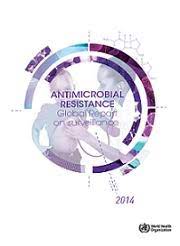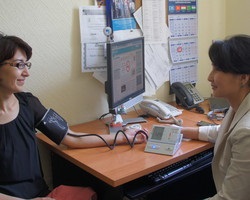
In a bid to revolutionize cardiovascular health care and tackle health inequities, the American Heart Association (AHA) has released a pivotal scientific statement emphasizing the importance of prevention science in achieving ideal cardiovascular (CV) health. The report, titled the 2017 AHA Scientific Statement on Implementation of Prevention Science to Eliminate Health Care Inequities in Achieving CV Health, sheds light on the barriers to optimal CV health while advocating evidence-based strategies to bridge health care disparities.
Focusing on various facets of health care, the AHA underscores the significance of direct patient care in addressing health inequities. Education plays a pivotal role, as integrating training on barriers to care into formal education for all health professionals could vastly improve care quality. Additionally, enhancing diversity within health care settings, effective communication strategies, and boosting health literacy levels among patients are vital components in promoting equitable CV care.
Technology emerges as a potent tool in the pursuit of preventive CV care. While electronic medical records (EMRs) and telehealth services hold promise in improving access and communication, concerns linger regarding their unequal adoption. Addressing these disparities in technological access becomes imperative to ensure comprehensive and fair CV care delivery.
The report champions multidisciplinary collaborations as a cornerstone for reducing health care inequities, advocating for team-based care and the integration of community health workers (CHWs) in under-resourced areas. Furthermore, it recognizes the pivotal role of community engagement in reducing cardiovascular disparities, advocating for collaborative interventions that leverage community expertise and infrastructure.
Government policies, both local and national, are acknowledged as crucial drivers in fostering health equity. Initiatives such as taxes on sugary beverages or portion-size limitations are cited as examples of population-level interventions requiring support from government bodies to effect change.
In conclusion, the report emphasizes a comprehensive approach, incorporating clinical interventions, technology utilization, collaborative care, community engagement, and improved health care policy to mitigate health inequities within cardiovascular health care. By implementing these strategies, the AHA envisions a future where cardiovascular health is accessible and equitable for all individuals and communities.










